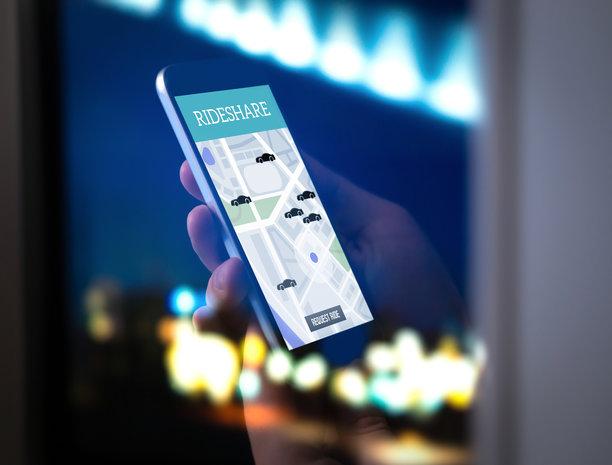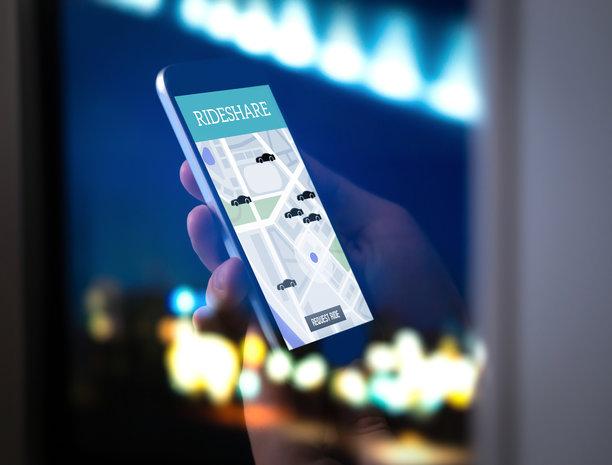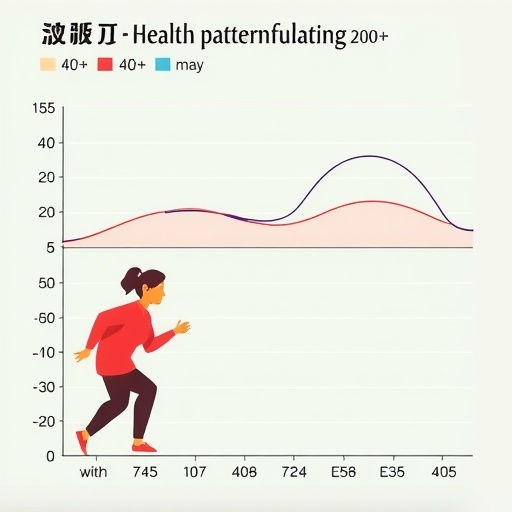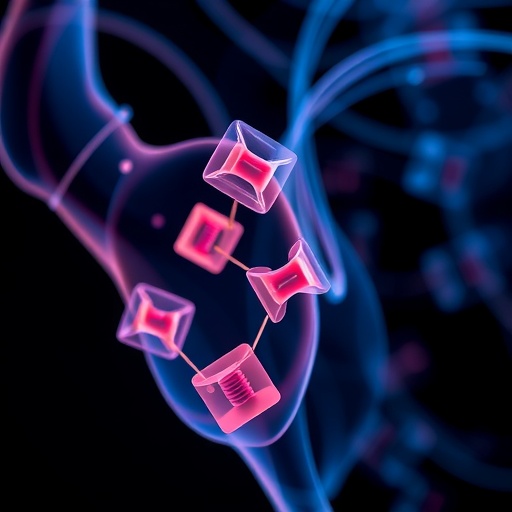
Credit: American Academy of Sleep Medicine
DARIEN, IL – April 16, 2018 – A position statement from the American Academy of Sleep Medicine (AASM) concludes that fatigue and sleepiness are inherent safety risks in the ridesharing industry.
Both sleep deprivation and circadian influences leave ridesharing drivers at risk for drowsy driving. The typical schedule for workers in the ridesharing industry may lead to driving after extended periods of wakefulness or during nights. These drivers also are often independent contractors who are not screened for medical problems that can reduce alertness, such as obstructive sleep apnea.
"We are dealing with a public safety issue, where low fares and salary incentives compel drivers to continue driving past their safety limits. They may be unaware of the huge risks they are taking or have the false belief that sleep is overrated. Their customers, meanwhile, usually aren't asking themselves, 'How alert is my driver right now?' They aren't even thinking about drowsy driving. This is a formula for disaster," said senior author Dr. Indira Gurubhagavatula, an associate professor of medicine in the Perelman School of Medicine at the University of Pennsylvania in Philadelphia. "We need to raise awareness and gather information. Without accurate estimates of how common this is, or regulation, it's the wild west of transportation out there."
The position statement is published in the April 15 issue of the Journal of Clinical Sleep Medicine.
The AAA Foundation for Traffic Safety estimates that an average of 328,000 annual crashes in the U.S. involve a drowsy driver, including 109,000 that result in injuries and 6,400 that involve a fatality. The National Transportation Safety Board also included "reduce fatigue-related accidents" on its 2017-2018 Most Wanted List of the 10 most critical changes needed to reduce transportation accidents and save lives.
In February, ridesharing company Uber announced that it is requiring drivers to go offline for six straight hours after a total of 12 hours of driving time. Similarly, Lyft requires its drivers to take a six-hour break for every 14 hours of driving. However, the AASM considers these limits to be insufficient since many ridesharing drivers work multiple jobs or drive for more than one ridesharing company, and they often drive late at night and early in the morning when sleepiness may peak.
"The American Academy of Sleep Medicine calls on ridesharing companies, government officials, medical professionals, and law enforcement officers to work together to address fatigue and sleepiness in the ridesharing industry," said AASM President Dr. Ilene Rosen. "A collaborative effort is necessary to reduce this public safety risk."
Visit the Awake at the Wheel campaign page for tips from the National Healthy Sleep Awareness Project to help you recognize the warning signs of drowsy driving.
###
To request a copy of the statement, "The Risk of Fatigue and Sleepiness in the Ridesharing Industry: An American Academy of Sleep Medicine Position Statement," or to arrange an interview with the senior author or an AASM spokesperson, please contact Communications Coordinator Corinne Lederhouse at 630-737-9700, ext. 9366, or [email protected].
The monthly, peer-reviewed Journal of Clinical Sleep Medicine is the official publication of the American Academy of Sleep Medicine, a professional membership society that improves sleep health and promotes high quality, patient-centered care through advocacy, education, strategic research, and practice standards (aasm.org). The AASM encourages patients to talk to their doctor about sleep problems and visit SleepEducation.org for more information about sleep, including a searchable directory of AASM-accredited sleep centers.
Media Contact
Corinne Lederhouse
[email protected]
630-737-9700
@AASMorg
Related Journal Article
http://dx.doi.org/10.5664/jcsm.7072





